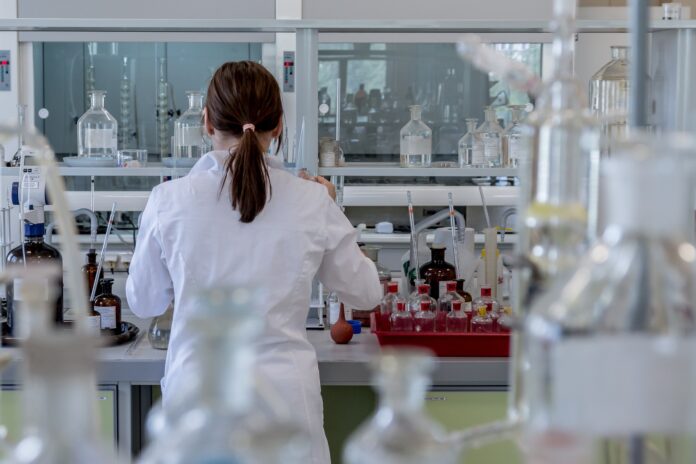Summer school, heavier class loads solution for some
Pass times frequently come and go and, each time, students log into their Schedule Builders searching for chemistry classes to meet major requirements and career goals. Some look for the right professor, lecture and discussion times, finally settling on the best lab time for their needs. But when the ideal lab class is filled and waitlisted, what next?
As UC Davis increases its student enrollment and encourages more students to engage in science, technology, engineering and math majors and careers, chemistry classes are becoming increasingly competitive to register for and challenging to fit in with other registered courses.
“General chemistry is the gateway to STEM, we service all the other majors through chemistry,” said Debbie Decker, the safety manager of the UC Davis Department of Chemistry. “Even for students that don’t pursue STEM, the techniques and learning in chemistry training labs leave students with transferable knowledge, such as how to work with careful measurements, report results, observe and use the scientific method. These are important skills students can learn.”
Chemistry classes are held between Mondays and Thursdays, in three-hour blocks ranging from nine in the morning and ending until ten at night. Each lab class is designed to avoid conflicting with lectures. After each lab, UC Davis chemistry dispensary staff remove all of the chemicals from the room, cleaning the counters and removing and exchanging chemical equipment in the classroom. Fridays are reserved for equipment cleaning, staging and preparation for lab spaces.
UC Davis hosts eight chemistry dispensary sites scattered across the Earth and Physical Sciences building, Chemistry building and Sciences Laboratory Building. By dispersing the sites, it becomes difficult to organize, creating a cohesive and collaborative environment to organize lab experiences for students.
Chemistry teaching labs are also limited to the materials that can be provided for students.
“A lot of students interact with the chemistry department, but we have limited room for them,” Decker said. “We are limited in the number of lockers within the labs. We can’t have students sharing lockers because they might work in pairs, groups or alone. They need to have their own materials for any situation.”
Each chemistry teaching lab is confined to a 1200-square foot space. UC Davis’ fire code requires students to be given 50-square feet of space for teaching lab activities.
The fire code limits each teaching lab space to 24 students only.
“We have seat release, so incoming new and transfer students typically get into the chemistry courses,” said Yasmine Jefferson, an academic advisor in the UC Davis College of Biological Sciences for Neurology, Physiology and Behavior majors. “Continuing students are encouraged to have backup plans if they don’t get into the class during the academic year.”
During seat release, the registrar creates a cap on student enrollment in chemistry classes between 20 and 22 students. As the sections fill up, students can be added from the waitlist or later pass times.
“If ever my students cannot get into a chemistry lab course, I’ll suggest summer school and typically that will solve it,” Jefferson said. “If not, they can pick it up next quarter and add more units. It usually doesn’t negatively impact them.”
For the past few years, members of the chemistry department have been asking campus leadership to consider expanding UC Davis’ capacity for lab spaces, which would require additional construction and consolidation of branches within the chemistry department.
At the moment, no long-term plan exists to mediate the STEM presence expanding on campus or the student need.
Written by: Foxy Robinson — science@theaggie.org




